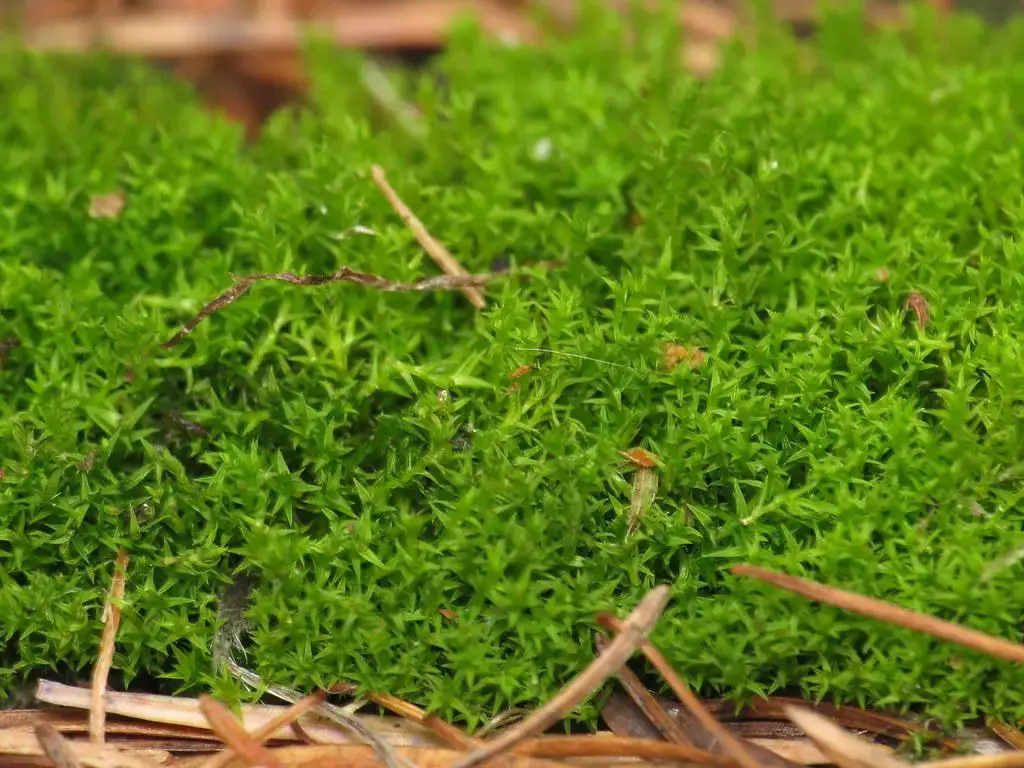
Ceratodon_purpureus-sporangia-1.jpg from: https://blogs.ubc.ca/biology321/?page_id=4766
Introduction
In the vast and captivating world of bryophytes, one unassuming yet remarkable moss species stands out – the Ceratodon purpureus (Hedw.) Brid., commonly known as Ceratodon. This resilient and widespread moss belongs to the Ditrichaceae family and has earned a special place in the hearts of bryologists and nature enthusiasts alike.
Background
Before delving into the intricacies of this fascinating moss, let’s set the stage with a brief introduction to the world of bryophytes. These non-vascular plants, which include mosses, liverworts, and hornworts, are often overlooked but play a crucial role in various ecosystems. They are among the oldest land plants on Earth, with a rich evolutionary history dating back millions of years.

Ceratodon-purpureus-(Hedw.)-Brid.-94563.jpg from: https://www.biodiversidadvirtual.org/herbarium/Ceratodon-purpureus-(Hedw.)-Brid.-img94563.html

51696141764_0febcbb45c_b.jpg from: https://www.flickr.com/photos/atrnkoczy/51696141764/
Main Content
Morphology and Identification
Ceratodon purpureus is a acrocarpous moss, meaning its sporophytes (spore-bearing structures) grow at the tips of the upright gametophytes. Its leaves are narrow, lance-shaped, and often have a reddish or purplish tint, particularly when dry. The distinctive feature that sets this moss apart is its purple seta (stalk supporting the capsule), which gives it a striking appearance.
Global Distribution and Habitat
One of the remarkable aspects of Ceratodon purpureus is its widespread distribution. This hardy moss can be found on every continent, including Antarctica, making it one of the most widely distributed bryophytes on Earth. It thrives in a variety of habitats, from urban areas and disturbed sites to natural environments like forests, grasslands, and even deserts.

16068707758_02ec2f4406_b.jpg from: https://www.flickr.com/photos/dhobern/16068707758
Ecological Roles and Adaptations
Despite its unassuming appearance, Ceratodon purpureus plays vital roles in various ecosystems. It contributes to soil formation and nutrient cycling, provides microhabitats for other organisms, and helps stabilize soil and prevent erosion. Additionally, this moss is known for its remarkable ability to tolerate desiccation (drying out) and rapidly rehydrate when moisture becomes available, a trait that has fascinated scientists and contributed to its success in diverse environments.
Case Studies/Examples
One notable example of the resilience of Ceratodon purpureus can be found in the aftermath of the Chernobyl nuclear disaster. This moss was among the first plants to recolonize the highly contaminated areas, demonstrating its ability to thrive in extreme conditions.

Ceratodon-purpureus-121.jpg from: https://ohiomosslichen.org/moss-ceratodon-purpureus/
Technical Table

Ceratodon-purpureus-AH-254.jpg from: https://sites.cortland.edu/bryophytes/field-guide/mosses/acrocarp/ceratodon-purpureus/

128352.jpg from: https://inpn.mnhn.fr/espece/cd_nom/4802

2020-08-30-17-14-42.jpg from: https://www.britishbryologicalsociety.org.uk/learning/species-finder/ceratodon-purpureus/

64376548.jpg from: https://observation.org/photos/64376548/
| Characteristic | Description |
|---|---|
| Phylum | Bryophyta |
| Class | Bryopsida |
| Order | Dicranales |
| Family | Ditrichaceae |
Genus
 51694669727_e658cfaaae_b.jpg from: https://www.flickr.com/photos/atrnkoczy/51694669727/ |
Ceratodon |
| Species | Ceratodon purpureus (Hedw.) Brid. |
Conclusion
Ceratodon purpureus, a humble yet extraordinary moss, has captured the hearts and minds of bryologists and nature enthusiasts worldwide. Its resilience, adaptability, and widespread distribution make it a true marvel of the plant kingdom. As we continue to explore and appreciate the wonders of bryophytes, this unassuming moss serves as a reminder of the incredible diversity and importance of even the smallest organisms in our ecosystems. Perhaps the next time you encounter a patch of Ceratodon purpureus, you’ll pause and reflect on the remarkable journey this tiny moss has undertaken to thrive in the harshest of environments.